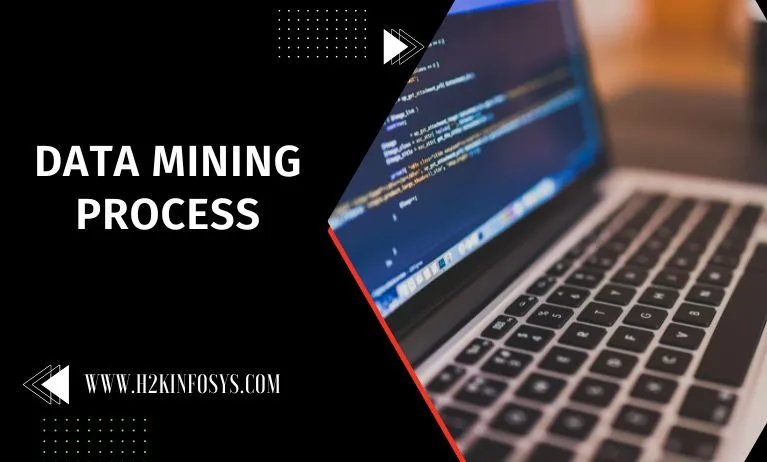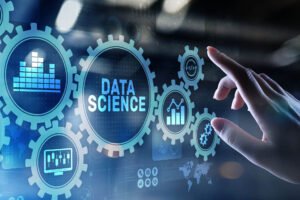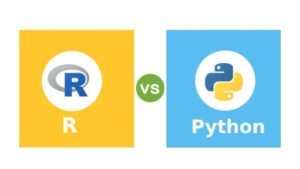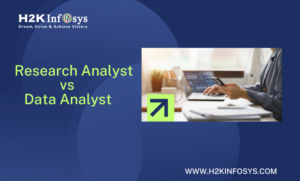Data Mining is a technique of sorting through long data sets to identify patterns and relationships which will solve business problems through data analysis. Data mining techniques and tools enable enterprises to express trends and make informed business decisions. It is considered a crucial part of data analytics and the advanced techniques to find useful information in data sets.
Data mining is a step in the discovery of knowledge in the database process; it is a data science technology for collecting, processing, and analyzing data. Data mining will be used interchangeably.
Why is Data Mining important?
Data Mining can be considered a component of successful analytics initiatives in organizations. The information it generates will be used in business intelligence and advanced analytics applications that involve the analysis of historical data. Planning business strategies and mining operations are the main aspects of practical data mining. This includes customer-facing functions such as marketing, advertising, sales and customer support and manufacturing, supply chain management finance. Data Mining assists in fraud detection, and risk management. It has a vital role in health care, government, sports, etc.
How does the data mining process work?
Data scientists and other skilled BI and analytics professionals do data mining. Data-savvy business analysts and others can create it.It is a core element that includes machine learning and statistical analysis, along with the data management tasks will be done to create data for analysis. The data mining stages are
1. Data gathering-The data for analytics application is identified and assembled.The data can be located in different source systems a data warehouse, or a data lake, increasingly in big environments with a mix of structured and unstructured data. Here external data sources can be used. Data comes from a data scientist that often moves it to a data lake for the remaining steps in the process.
2. Data preparation- This stage includes a set of steps to get data ready will be mining. It always starts with data exploration, profiling, and preprocessing, followed by data cleansing. Data cleansing work can fix errors and other data quality issues. Data transformation will also be done to make data sets consistent unless a data scientist is looking to analyze unfiltered raw data for a particular application.
3. Mining the data-When the data is prepared, a data scientist chooses the appropriate data mining technique and then implements more algorithms to do the mining.
4. Data analysis and interpretation-The data mining results will be used to create analytical models which can help drive decision making and also other business actions
Data mining software and tools
The data mining tools are available from a large number of vendors,as a part of software platforms that also include other types of data science and also advanced analytics tools. The important key features are provided by data mining software that include data preparation capabilities,built-in algorithms and also tools that are deploying models and also scoring how they perform. Many different open source technologies can also mine data, including dataMelt, Elki, Orange. There are some vendors who provide the open source options.
Benefits of data mining
There are many business benefits of data mining which come from the increased ability to uncover hidden patterns, trends in data sets. Many data mining benefits which have following
1. More effective marketing sales-Data mining will help the marketers to understand better customers behavior and preferences. Sales teams can use data mining results to progress the lead conversion rates and also give products and also services to the customers.
2. Better customer service- By data mining companies will identify potential customer service issues more promptly and give contact center agents up-to-date information to use calls and online chats with customers.
Questions
1. What is Data Mining?
2. What are the advantages of Data Mining?































One Response